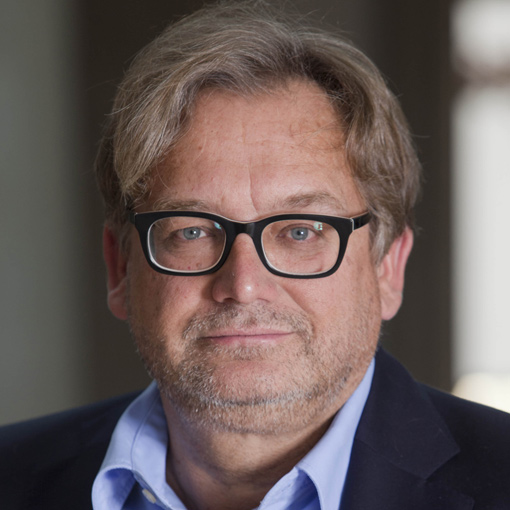Gold, power and warfare. New insights into central German Únětice societies
After 15 years, the research results on the context of the Nebra sky disc not only allow a multitude of statements on the object itself, they also prompt fundamental reconsiderations of the Early Bronze Age in central Germany in various aspects.
The increasing use of scientific methods in prehistoric archaeology lead to a significant extension of the data base as well as to a considerable expansion of the research perspectives on the basis of which problems can be addressed through new approaches. (A synthesis of the various disciplines thus provides a new quality of statements on prehistory.) New discoveries (and a conflation of international research results gained from numerous conferences) present an increasingly clear image of early Bronze Age central Germany. By now, genetics underpin the theory of a development based on late Neolithic cultures. Having already been developed in the 3rd millennium, a hierarchization of society through the establishment of a central ruling elite with claims to absolute power culminates at the transition to the 2nd millennium. The funeral rites express this claim in form of representative burial mounds with elaborate design, These “princely graves” contain outstanding grave goods that show a specific pattern like precious artifacts made of gold and multiple weapons that work as ruling insignia and refer to late Neolithic traditions. Numerous import finds and the processing of foreign ideas demonstrate the integration of this elite into far-reaching trade and communication networks. (Yet) the apparent control over the flow of goods between north and south also does not raise the question of mechanisms to maintain power over several centuries, since there is an archaeological evidence for hilltop settlements or fortifications nor are there any signs of warlike conflicts. The discovery of the monumental Bornhöck burial mound once again directs the view on early Bronze Age Dieskau as region of wealth, which is emphasised by central Germany’s largest early Bronze Age gold find as well as the presence of a multitude of early Bronze Age hoards. Looking at the distribution of weapons in early Bronze Age hoards and burials withal reveals striking numerical proportions that resemble traditional and modern military organisational structures.



